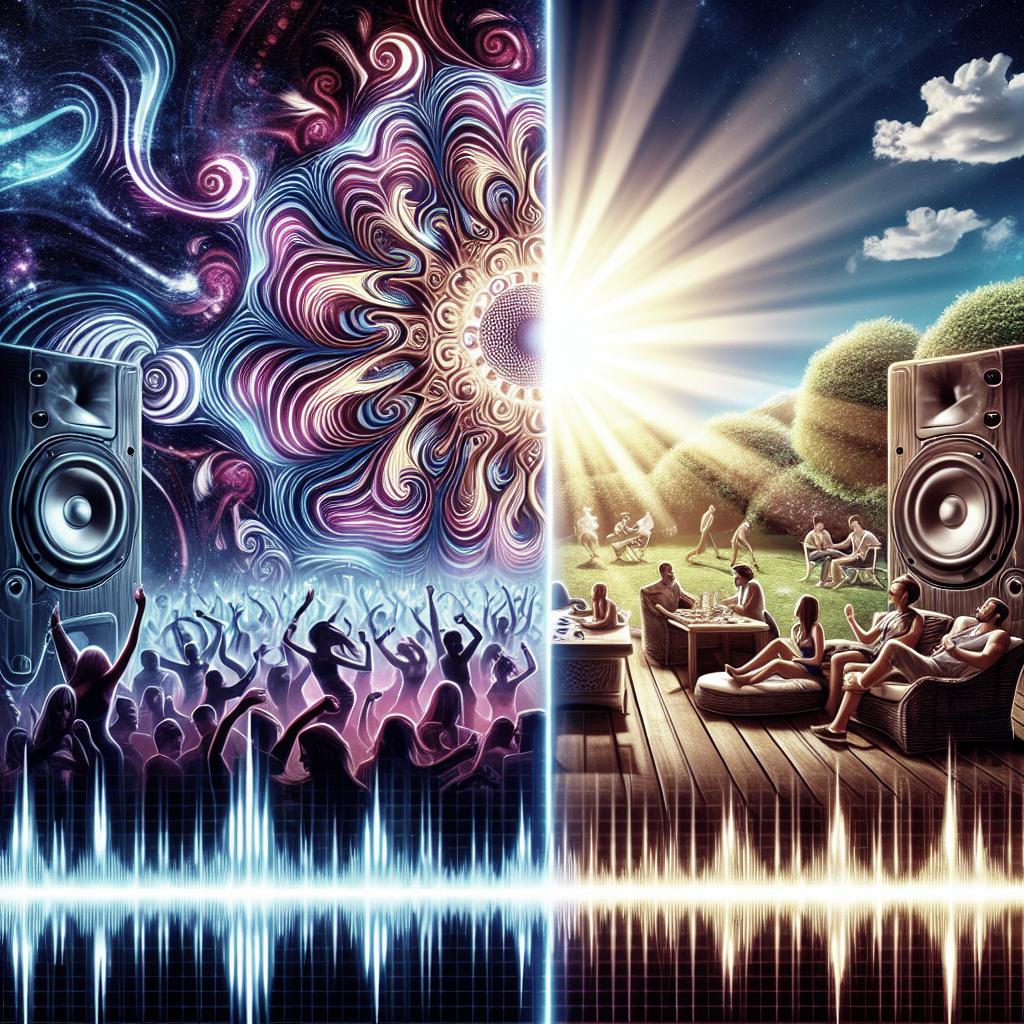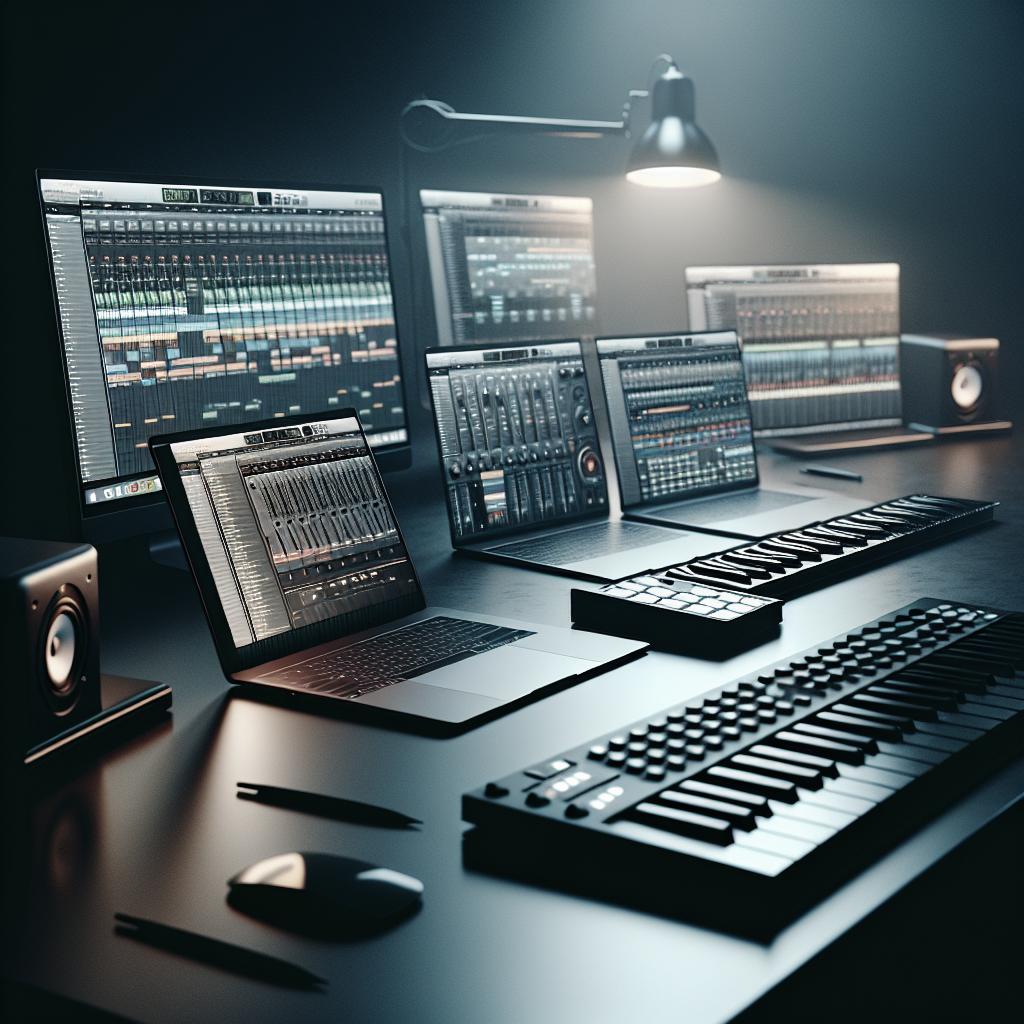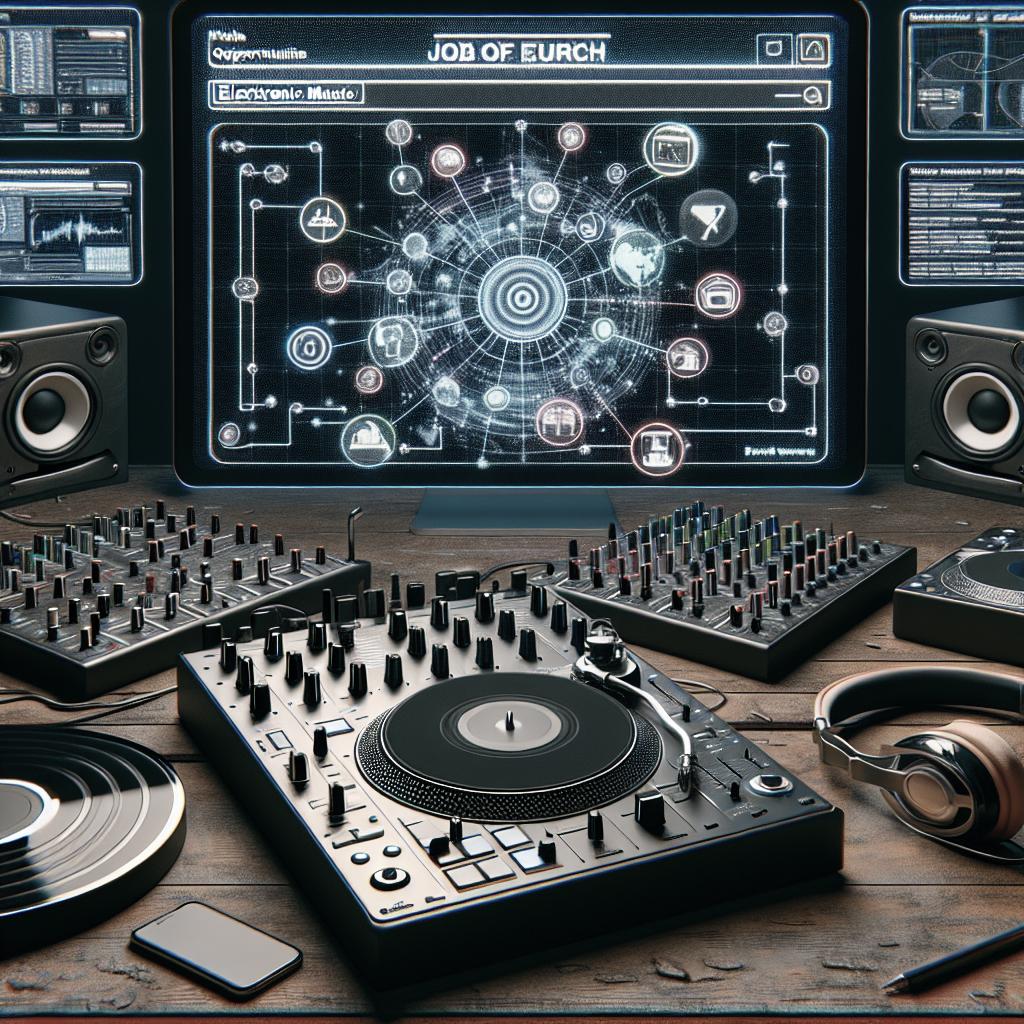<>
In the vast realm of electronic dance music (EDM), two genres stand out for their unique characteristics and fervent fan bases: house and trance. Although often confused by casual listeners, these genres present distinct soundscapes, origins, and rhythmic patterns. In this blog post, we’ll delve into the subtle and significant differences between trance and house music, exploring their origins, notable artists, song characteristics, and much more. By the end of this piece, you’ll have a comprehensive understanding of what sets these two dynamic genres apart. “`
Similarities and Differences Between House and Trance
“` House and trance music share common ground as subgenres of EDM, both designed to energize dance floors and evoke powerful emotional responses in listeners. They utilize repetitive beats, synthesized sounds, and build-up and drop dynamics to create a euphoric experience. However, the primary difference lies in their emotional and structural approaches. House music is often groove-oriented, characterized by a 4/4 beat, soulful vocals, and a deep bassline. In contrast, trance takes listeners on an emotional journey with longer build-ups, uplifting melodies, and a more ethereal atmosphere. While house music focuses on rhythmic grooves, trance emphasizes melodic progression and climax. “`
The Origins of House and Trance
“` House music originated in Chicago during the early 1980s. Pioneered by DJs like Frankie Knuckles and Larry Levan, it evolved from the disco scene, incorporating electronic instruments and drum machines. The name “house” is derived from the Warehouse nightclub, where this innovative sound flourished. House music quickly spread worldwide, influencing various subgenres and establishing a global presence. Trance music emerged in the early 1990s in Germany and the UK. Inspired by techno and house, trance introduced more melodic and atmospheric elements. Early trance tracks featured hypnotic rhythms and a focus on emotional expression. DJs and producers like Paul van Dyk, Armin van Buuren, and Tiesto were instrumental in popularizing trance, making it a staple in the EDM community. “`
Some Well-Known House and Trance Artists
“` House music has seen a plethora of influential artists over the years. Frankie Knuckles, often dubbed the “Godfather of House,” set the foundation with his deep, soulful tracks. Carl Cox, a legendary DJ, has been a significant figure in developing house music. Modern artists like Calvin Harris and David Guetta have pushed house into mainstream success while maintaining the genre’s core elements. In the trance scene, Paul van Dyk stands out as a pioneer, consistently delivering compelling trance tracks. Armin van Buuren, known for his radio show “A State of Trance,” has become synonymous with the genre. Other prominent artists include Above & Beyond, with their emotional and uplifting tracks, and Gareth Emery, known for his melodic and energetic style. “`
House and Trance Song Characteristics
“` “`
Common Tempos of House and Trance
“` House music typically ranges between 120 to 130 BPM (beats per minute). This tempo creates a danceable groove that encourages movement and energy on the dance floor. Trance music, on the other hand, generally ranges from 125 to 150 BPM. The faster tempo of trance contributes to its driving, energetic feel, propelling listeners into a state of euphoria. “`
Time Signatures of House and Trance
“` Both house and trance music primarily utilize a 4/4 time signature, a staple in most EDM genres. This steady and predictable beat framework provides a solid foundation for danceable rhythms and ensures consistency in the flow of the tracks. Occasionally, trance may explore variations or additional layers within this time signature to enhance its atmospheric quality. “`
Rhythm Patterns of House and Trance
“` Rhythm patterns in house music are often characterized by a steady four-on-the-floor beat, complemented by hi-hats, claps, and percussion elements that create groovy, syncopated rhythms. Trance, while maintaining a steady beat, focuses more on driving basslines and rhythmic arpeggios that build anticipation and excitement, leading to uplifting and emotional peaks. “`
The Rhythm Emphasis of House and Trance
“` In house music, the rhythm emphasis is on creating a groove. The beats and basslines are designed to keep the listener moving, with a strong focus on the dance floor experience. Trance, however, emphasizes the build-up and release. The rhythms are crafted to create tension and then release it in a euphoric drop, often accompanied by melodic and atmospheric elements. “`
The Sound Emphasis of House and Trance
“` House music tends to emphasize basslines, soulful vocals, and percussion. The use of samples, funky basslines, and rhythmic elements creates an infectious groove. Trance places greater emphasis on melody and atmosphere. Synth pads, arpeggiated leads, and ethereal vocals are commonly used to build an emotional connection with the listener, providing a dream-like auditory experience. “`
The Lengths of Phrases in House and Trance Songs
“` In house music, phrases are typically shorter, often lasting 8 or 16 beats. This helps maintain the groove and allows for more frequent changes and variations, keeping the track dynamic and engaging. Trance music, on the other hand, uses longer phrases, often extending to 16 or 32 beats. This extended structure allows for gradual build-ups and a more immersive listening experience. “`
The Structure of House and Trance Songs
“` House music structures are often cyclical, with repeated sections that enhance the groovy feel. Common structures include verses, hooks, and breakdowns interspersed with instrumental sections. In contrast, trance songs usually follow a more linear progression, with a focus on build-up, climax, and breakdown. The journey-like structure of trance aims to provide a transformative listening experience. “`
The Song Lengths of House and Trance
“` House music tracks generally range from 4 to 8 minutes, balancing radio-friendly lengths with extended dance floor versions. Trance tracks are typically longer, ranging from 6 to 10 minutes or more. The extended length allows trance songs to develop their emotional and melodic themes fully, taking listeners on a more extended journey. “`
House and Trance Song Examples
“` To better understand these differences, explore some classic examples. For house music, iconic tracks include “Promised Land” by Joe Smooth, “Your Love” by Frankie Knuckles, and “One” by Swedish House Mafia. Each track showcases the genre’s rhythmic and soulful elements. In the trance realm, listen to “For an Angel” by Paul van Dyk, “Blue Fear” by Armin van Buuren, and “Adagio for Strings” by Tiesto. These tracks epitomize trance’s melodic and emotional depth. “`
Closing Words
“` Understanding the nuances between house and trance music not only deepens appreciation for each genre but also enhances the overall listening experience. As with any form of art, both house and trance offer unique qualities that cater to different emotional and physical responses. Whether you find yourself moving to the rhythm of a house track or lost in the ethereal melodies of trance, both genres contribute profoundly to the rich tapestry of electronic dance music. “`
| Characteristic | House | Trance |
|---|---|---|
| Common Tempo | 120-130 BPM | 125-150 BPM |
| Time Signature | 4/4 | 4/4 |
| Rhythm Patterns | Groovy, Syncopated | Driving, Arpeggiated |
| Rhythm Emphasis | Groove | Build-up and Release |
| Sound Emphasis | Basslines, Vocals, Percussion | Melody, Atmosphere |
| Lengths of Phrases | 8-16 beats | 16-32 beats |
| Song Structure | Cyclical | Linear Progression |
| Song Lengths | 4-8 minutes | 6-10+ minutes |
“` “`
By Markus Kreukniet
“`


